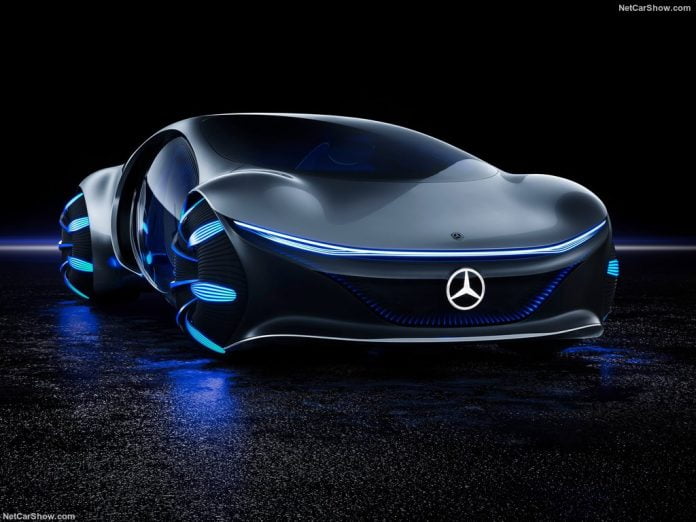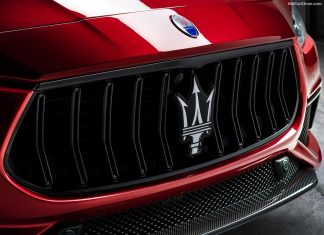India’s future car market outlook forecasts a 4.8% CAGR over the next 5 years, with a projected 3.08 million units sold in 2025. Maruti will surpass 1.5 Million sales per year, remaining the undiscussed leader, followed in a distance by the growing brands Hyundai and Tata.
The present situation in India
Since Q3 of the fiscal year 2018, the Indian auto industry has been slowing down, liquidity tightening, rising acquisition costs, and weak customer sentiment have largely contributed to the economic downturn. In this already difficult environment, India’s automotive and transportation sectors have been hit hardest.
Following the pattern of countries where COVID-19 has spread earlier, lockdown measures and other restrictions have limited travel, making it impossible for many consumers to purchase vehicles. What’s more painful is that the coronavirus prevailed when car manufacturers were still trying to recover from the decline in annual sales in 2019 when 3.1 M units were sold, down 7.4% compared to 2018.
Given the current situation, Economists now predict that the country’s GDP will shrink by 1.5% to 5% in fiscal 2021.
The spread of COVID-19 worsened the situation to an unpredictable level. In March 2020, when the Indian government implemented the lockdown policy, car sales fell to 142.134 units, a little less than half the sales compared to March 2019. The worst was yet to come since in May sales fell by 85% with only 36.576 units sold. At the moment India’s vehicle sales in 2020 are down 18.3% with 2.12M units sold Year to Date in October.
A similar story happened in India’s shared-mobility field. In the ride-hailing segment, double-digit rapid growth was achieved in 2018, and the number of rides per day only increased marginally in the first six months of 2019. The initial difficulty was due to changes in state-level regulations and a shortage of driver-partners. Recently, COVID-19 has led to a sharp decline in the use of ride-sharing and other services.
An Outlook to the Future
Although India’s manufacturing market is fiercely competitive, this slowdown may be short-lived. As COVID-19 prompts consumers to consider new modes of travel and the government takes action to stimulate the local economy, several favorable trends, including the growth of electric vehicles (EV), may accelerate.
In small-format segments, some driving factors are already encouraging growth. For example, small-format electric vehicles have faster parity compared to traditional internal combustion engine (ICE) vehicles because of their lower total cost of ownership (TCO) because of their lower fuel and maintenance costs.
There are also several developments that can help the small-format e-mobility market, firstly incentives from the central government such as the Faster Adoption and Manufacturing Program for hybrid and EV (FAME), implemented in 2015 and updated in 2019 to provide consumers and domestic companies with various incentives. Secondly, the reduced battery pack prices, which should fall noticeably by 2030, making electric vehicles more affordable. And finally, an increase in consumer preparedness towards the adoption of EVs compared to ICE vehicles given by an increase of familiarity with this kind of vehicle caused by an increase in the numbers of EVs on the road.
Another key factor to consider is the higher possibility of penetration of connectivity features across segments. Connectivity was important even before COVID-19 impacted the country, but will continue to be a differentiator. The ongoing pandemic may accelerate the adoption of connectivity features in commercial vehicles, especially in agriculture and infrastructure, since both scenarios will become the focus as the Indian government tries to restart the economy. Government subsidies will help tractor demand return to pre-COVID-19 levels by June, and can also promote recovery in sales of construction equipment and medium and heavy commercial vehicles.
Based on the projection to 2025 of all historical auto market data (by segment, brand, and model) with all internal factors and economic outlook, our research team is projecting the industry at 3.08 million units by 2025, with a 2020-2025 CAGR of 4.8%.
According to our forecast up to 2025, Maruti will remain the undiscussed leader, reaching over 1.5 million sales a year, and widening the gap to its closest competitor, Hyundai, which on the other hand will surpass the half-million sales per year mark in 2023, followed by Tata, which will achieve over 250k sales per year in 2025.
To get details and a custom-made analysis, please contact us.
The electrification effect will be negligible in absolute terms while exponential in percentage.
Indeed, just these days the first electric or hybrid versions are presented in the market, with little hope for high sales, considering the huge price gap towards the similar ICE models. India is probably the most price-sensitive market in the World and no-one is ready to spend an over 100% gap for an EV.
In addition, the people’s concern towards the environment looks still very low and the government’s incentives for consumers and manufacturers (FAME program) seems absolutely inadequate to stimulate the desired shift towards electrification.











